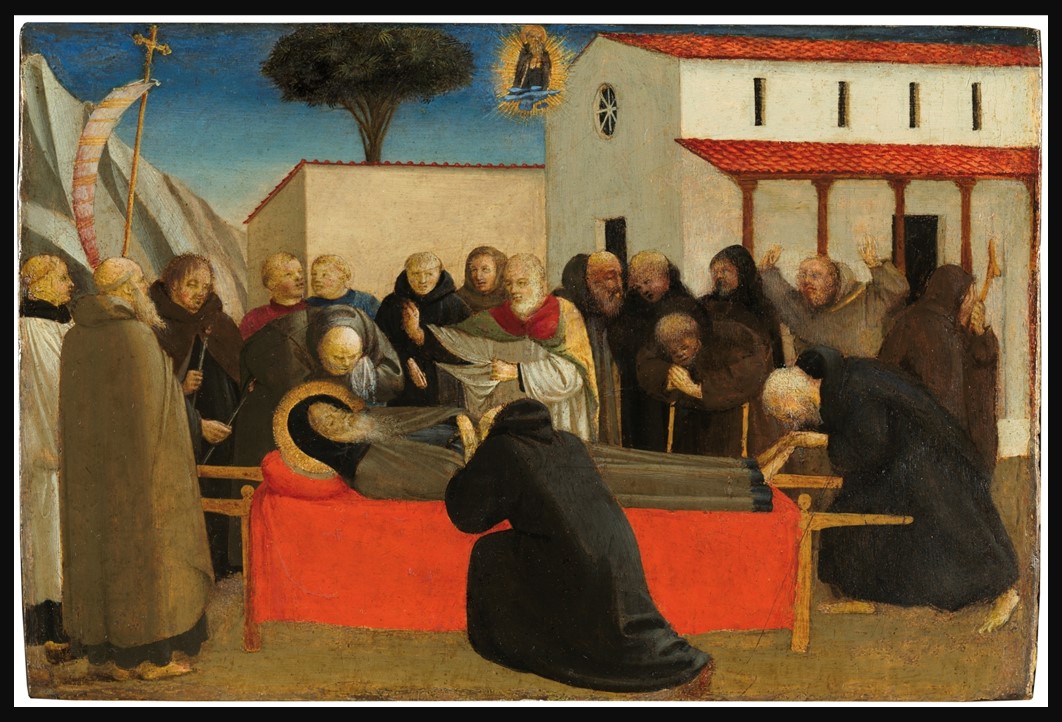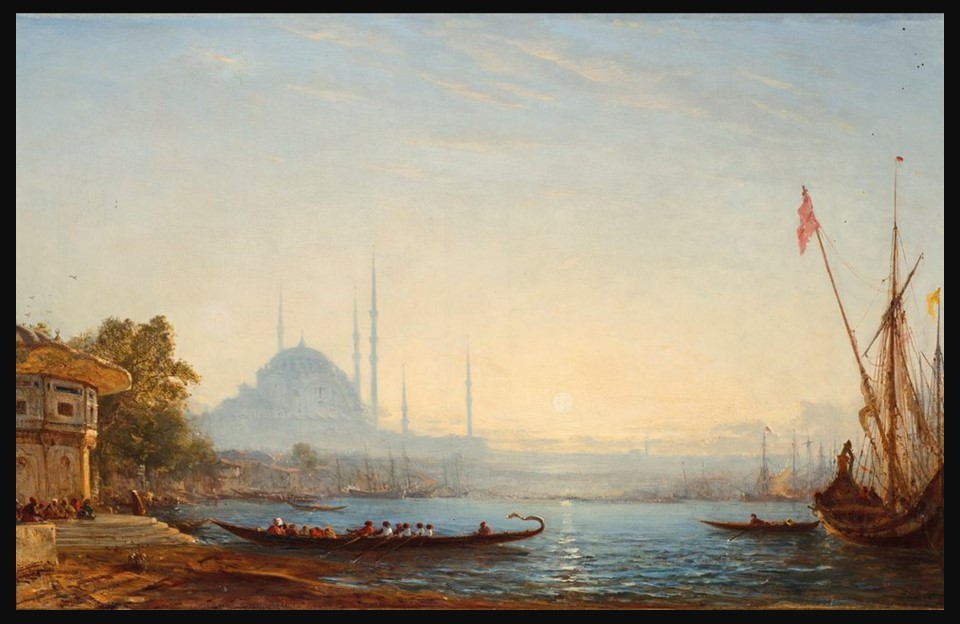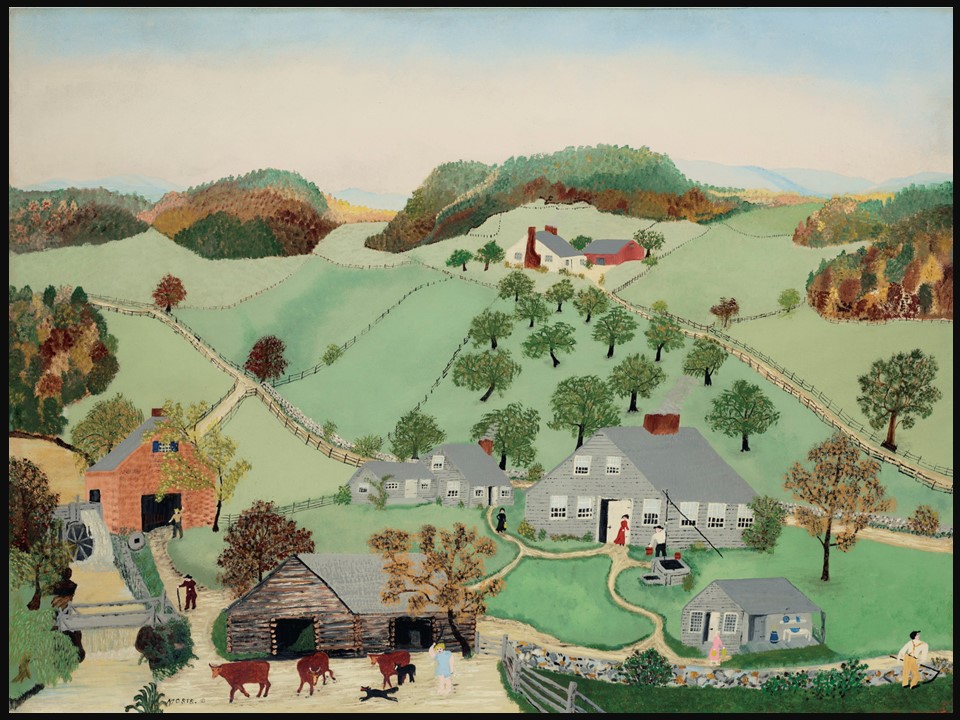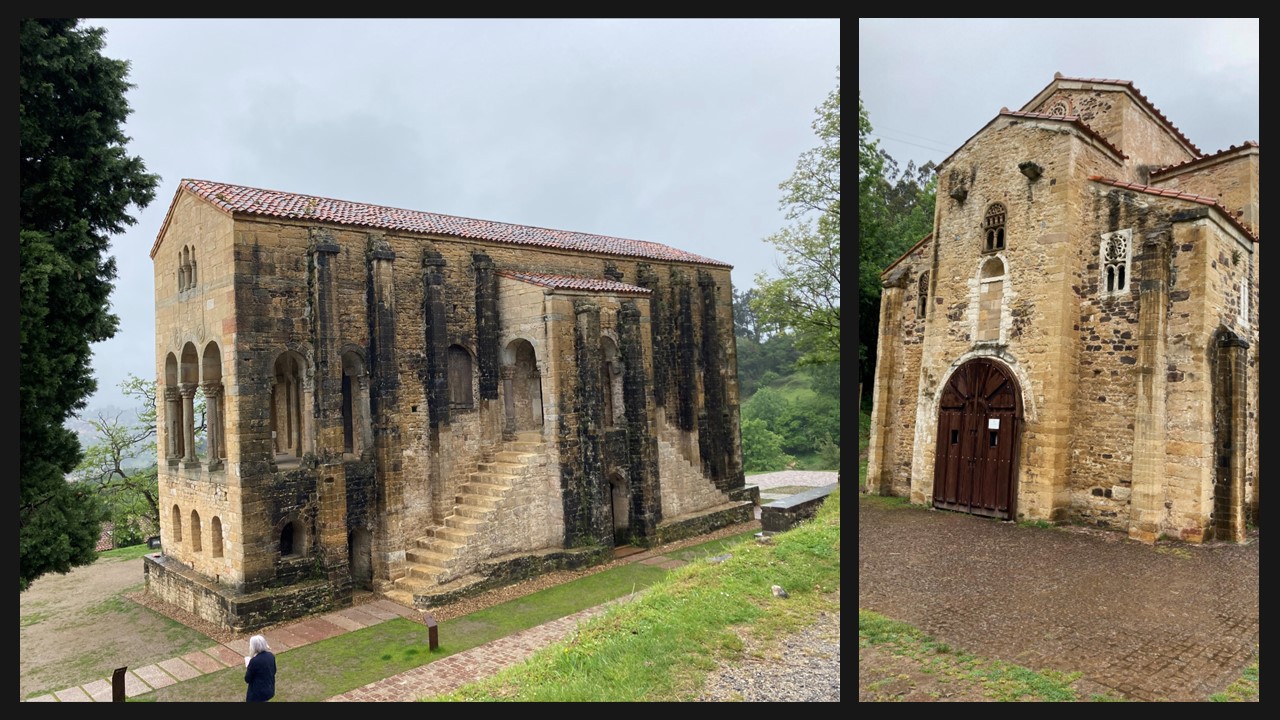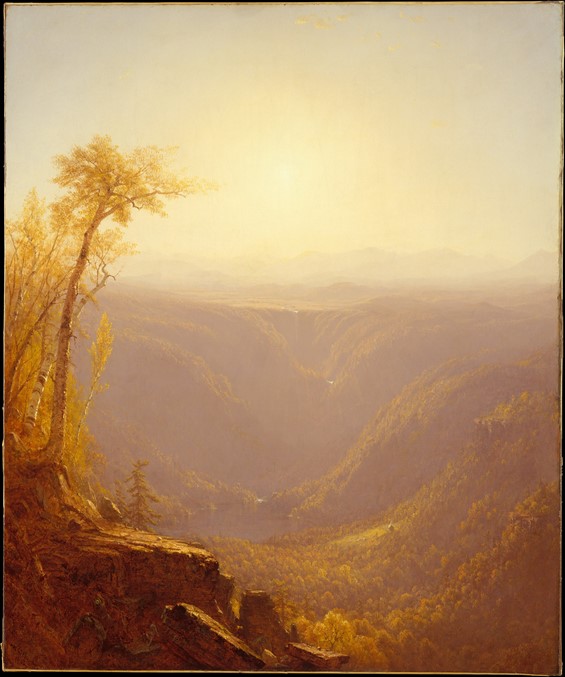
Cattleya Orchid with Two Brazilian Hummingbirds, 1871, Oil on Panel, 34.9 x 45.7 cm, Private Collection https://www.christies.com/lot/lot-6465936?ldp_breadcrumb=back&intObjectID=6465936&from=salessummary&lid=1
Why do you stand on the air / And no sun shining? / How can you hold yourself so still / On raindrops sliding? / They change and fall, they are not steady, / But you do not know they are gone. / Is there a silver wire / I cannot see? / Is the wind your perch? / Raindrops slide down your little shoulders . . . / They do not wet you: / I think you are not real / In your green feathers! / You are not a humming-bird at all / Standing on air above the garden! / I dreamed you the way I dream fairies, / Or the flower I lost yesterday!… wrote American Poet Hilda Conkling, and I think of Martin Johnson Heade’s Hummingbirds! https://discoverpoetry.com/poems/hummingbird-poems/
Martin Johnson Heade is a 19th century American painter. Though initially not as celebrated as his contemporaries in the Hudson River School, Heade eventually gained recognition for his unique approach to landscape and still life painting. Unlike many of his peers who focused on the grandeur of American landscapes, Heade turned his attention to more intimate scenes, combining elements of nature with a profound interest in light and atmospheric effects. His career spanned over five decades, during which he traveled extensively across the United States, Latin America, and the Caribbean. These travels greatly influenced his artistic focus and the subjects of his work, particularly his fascination with Hummingbirds and tropical scenes.
The artist’s painting Cattleya Orchid and Two Hummingbirds is a striking example of his intricate and lush compositions, blending the precision of natural history illustration with the depth and emotion of high art. This work, part of his larger series on Hummingbirds, showcases Heade’s fascination with the exotic and his ability to render nature with an almost surreal clarity. The painting features a large, blooming Cattleya Orchid, its vibrant pink and purple hues standing in contrast to the deep greens of the tropical background. This choice of flower, known for its large, showy blooms and rich colours, allows Heade to explore the theme of exotic beauty, while also demonstrating his skill in capturing the delicate textures of petals and leaves.
The two Hummingbirds, to the right of the Orchid, are depicted with exquisite detail, their iridescent feathers glinting against the darker backdrop. This dynamism and the vivid contrast between the birds and their environment highlight Heade’s interest in the interplay of light and colour, as well as his ability to capture the fleeting moments of natural beauty. Heade illuminates the Orchid and the two Hummingbirds with a soft, almost ethereal light, emphasizing their delicate beauty and the magical quality of the scene. This lighting technique, combined with the precise rendering of subjects and the atmospheric depth of the background, creates a sense of immediacy and intimacy, drawing the viewer into a moment of quiet yet profound connection with the natural world.
Moreover, the composition of Cattleya Orchid and Two Hummingbirds reflects a deliberate balance between realism and romanticism, characteristic of Heade’s work. Meticulous attention to biological detail serves not only to celebrate the diversity and intricacy of nature but also to invoke a deeper sense of wonder and transcendence. This painting, therefore, stands as a testament to Heade’s artistic achievements, showcasing his unique ability to fuse scientific observation with a deeply felt aesthetic sensibility, offering viewers not just a depiction of nature, but an invitation to engage with its underlying mystery and beauty.
Martin Johnson Heade’s artistic achievements lie in his distinctive approach to painting, which merged elements of the Hudson River School with a keen observation of nature, light, and atmosphere. Heade’s contributions to art extend beyond his Hummingbird series. He is also celebrated for his magnificent landscapes and seascapes, as well as his stunning still lifes of flowers, particularly magnolias set against velvety backgrounds. Despite his late recognition, today Heade is acknowledged as a pivotal figure in American art, his work revered for its unique blend of realism, romanticism, and transcendentalist philosophy.
For a PowerPoint, titled Martin Johnson Heade, 10 Paintings, please… Check HERE!
Bibliography: https://www.christies.com/lot/lot-6465936?ldp_breadcrumb=back&intObjectID=6465936&from=salessummary&lid=1 and https://www.nga.gov/content/dam/ngaweb/Education/learning-resources/an-eye-for-art/AnEyeforArt-MartinJohnsonHeadeJohnJamesAudubon.pdf and https://www.aaa.si.edu/blog/2020/10/conversations-across-collections-martin-johnson-heades-notebook-on-hummingbirds


